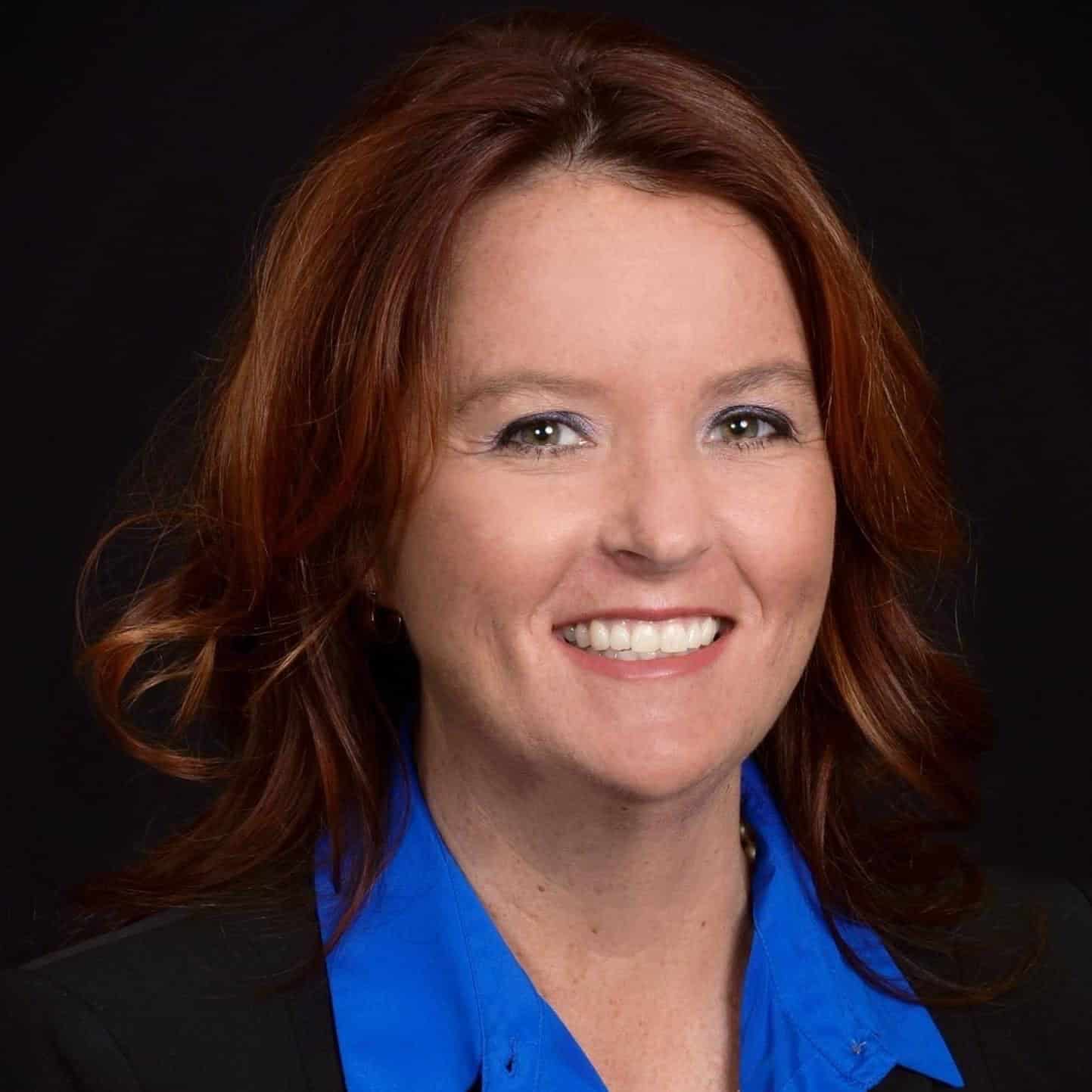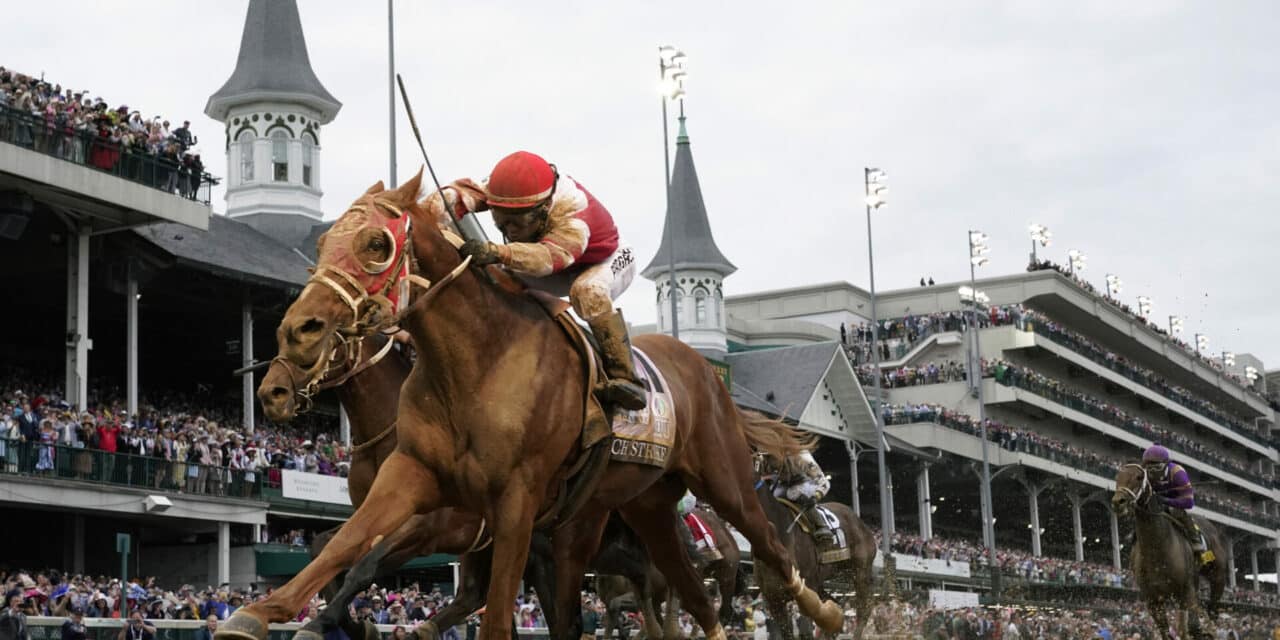LONG TRADITION: The 149th running of the Kentucky Derby takes place May 6 at Churchill Downs. Rich Strike, shown at last year’s race, won the Derby at 80-1 odds. (AP Photo)
Longest-running U.S. sporting event is a mega-production
The “most exciting two minutes in sports” takes 364 days to prepare.
The 149th running of the Kentucky Derby on May 6 in Louisville, Kentucky, is a year in the making from the backside horse stalls to the high-end VIP suites. It’s the longest-running continuous sporting event in the country and a yearly excuse to wear eye-popping hats and sip mint juleps.
“We love to tell the story from the operations side,” said Amy Patterson, vice president of events and derby operations at Churchill Downs. “Everybody talks about the fashion, the food and all the other things that happen as part of Derby, but the incredible operations team that I get the chance to work with, are some of the true stars of Derby time.”
Churchill Downs’ season starts with a bang.
“For most major sports events, the culmination and the championship, is the end of their season,” said Patterson, citing football as an example. “They’ve had all of the NFL season to do the flush test, to make sure things work. We’ve been dark since the last weekend in November and while we’ve had special events, we start off our year with 350,000 people in eight days’ time. It’s a unique story in venues how we make it all come together. The Derby is the start of our season.”
Planning is a year-round process that starts almost immediately after the Derby, the first leg in the coveted Triple Crown of thoroughbred horse racing. From a build standpoint, they have 65 days with 20 to 25 vendors on site to construct and tear down Derby infrastructure.
Across the facility, officials bring in 175 temporary structures, everything from tents to the large food and beverage stands for the infield, which spans 23 acres and can accommodate up to 55,000 patrons on race day.
Empty during the regular race season, the infield is transformed into a small city with bleachers, restrooms and concessions, including a beer garden and for this year, the addition of food trucks. Everything needs to be brought in and built from the bluegrass up, including portable wagering machines lines for onsite betting and a new videoboard to watch the track action.
“Our goal this year is to get people to experience the whole infield and not hang out right in the center,” Patterson said of fans who tend to congregate under the videoboard. “A good part of our planning is spent, ‘How do we make that area flow and be successful?’”
The process extends to restroom placement, garbage collection and wireless service. The infield has been cash only, but this year. organizers are adding credit card options to move patrons through lines faster.
Tunnels that run under the track supply access to the infield, but food provider Levy uses pods and other storage structures in the infield for re-stocking throughout the day. “We have tunnels that can help us get products over there, but we try to be as self-contained as we can,” Patterson offered.
Sunbelt is the generator partner that helps keep things powered.

Amy Patterson, VP Events & Derby Operations at Churchill Downs.
“We work closely with our in-house facilities team on what we can get on shore power and where we feel like we need an extra boost,” Patterson said. “We are building kitchens, frankly in places where there haven’t been kitchens and infrastructure. Sunbelt has been on the ground with us for two weeks, placing generators around the facility and making sure we’ve got the power that we need.”
Planning for the Grade 1 stakes race for three-year-old thoroughbreds with a winning purse of $3 million is no place to gamble. Organizers clearly want the odds of a successful event working in their favor.
The gates at Churchill Downs open at 9 a.m. on Derby day. There are 14 scheduled races with the Kentucky Derby running at approximately 7 p.m., followed by two more races. It’s a 12-hour, high-stakes day for the operations team. In addition to network TV partner NBC, there are 2,000 people representing 250 media outlets to cover the event.
With so many moving parts, it would be easy to forget that horses are the priority. The 1,400 stalls on the backside of Churchill Downs will be near capacity and there are dorms and apartments for the training staff that stay with the horses around the clock. Everything is managed by a backside operations team.
“Horses always come first. so everything we do, the build out for the Derby and getting prepared for it, is making sure our athletes come first in our minds,” Patterson said.
Churchill Downs opens the track to horses in mid-March through December. The horses train on the track from 5:30 to 10:00 a.m. seven days a week.
“Getting prepared for the Derby has to happen around those training hours,” Patterson said. “We can’t make noise. We can’t have trucks beeping backing up, we can’t have flashes of light or things like that. So, it condenses our preparation to ensure we’re protecting the horses from anything that might spook them or scare them and throw them off their game.”
That concern extends to race day. Entertainment on the Churchill Downs Plaza main stage stops when horses are being saddled in the nearby paddocks. “Our artists have to go what we call ‘dark’ or ‘quiet’ during that 12 minutes that the horses might be in the paddock,” explained Patterson, whose focus is the frontside and managing all the temporary builds.
“Hospitality is one of our pillars here,” said Patterson. “You have everything from the ‘bucket list’ person who has seen the Derby on TV and wants to come and be part of it and sit in the bleacher seats. up to the guests that pay a lot of money to sit in the mansion.”
During the event, the venue offers 37 dining spaces. Coming out of COVID, they went to all-inclusive concessions to reduce time spent in lines. Pritchard Sports & Entertainment is the housekeeping partner that keeps the venue and VIP suites in top shape.
Seasonal racing at Churchill Downs is handled by a full-time staff, but during the Derby, the venue brings in 20 vendors to provide additional support. Levy brings in staff from other properties around the country, flexing up by 2,000 staffers. Crowd management vendor Andy Frain brings additional staff from their offices in Memphis, Nashville and Dallas.
The event is a big win for the city of Louisville with a reported economic impact of $400 million.
“From the mayor’s office to police, we couldn’t host an event like this without our public safety partners and our emergency management partners,” Patterson said.
For an event that runs rain or shine, the National Weather Service sets up shop in the facility operations center to track weather developments that could potentially affect a race.
“It’s a tremendous time for the eyes of the world, not just the country to be on Louisville, Kentucky, and it truly takes a village to pull it off,” Patterson said. “We couldn’t do it without our partners and at the end of the day, we are all Churchill.”







